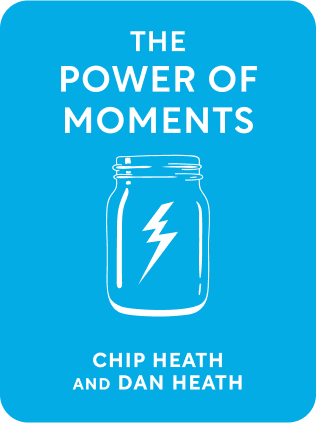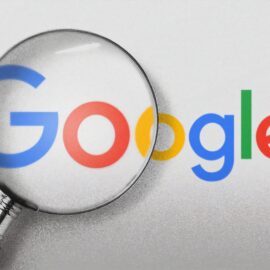

This article is an excerpt from the Shortform book guide to "The Power of Moments" by Chip Heath and Dan Heath. Shortform has the world's best summaries and analyses of books you should be reading.
Like this article? Sign up for a free trial here .
Why are client relationships important for a business’s success? What’s the key to building strong, trusting client relationships?
Good client relationships are crucial for every service business’ success. Giving your clients canned responses creates an unsatisfying and impersonal experience. If you want to deepen relationships with your clients, treat them with responsiveness.
Here is why responsiveness is the key to building strong client relationships.
What Client Responsiveness Looks Like
Treating your clients with responsiveness shows them that you understand and validate their feelings and makes for a satisfying experience that boosts their loyalty to your organization. On the other hand, canned responses—all too common in client services—create an unsatisfying, invalidating experience for clients.
Imagine that one of your customers is having a problem with her new smartphone. She’s called your troubleshooting service five times in an attempt to figure it out. Each call starts the same way: “Have you tried turning it off and on again?” “Are you running the most recent software?” You can understand how your customer might find repeatedly answering the same questions infuriating. Your lack of responsiveness makes her feel that she’s seen as another number in the system, rather than as an individual.
This problem is easy to turn around with responsiveness. The next time she calls, you start with: “Hi Mrs. Brown, I understand you’re having an ongoing issue with your smartphone. Can you tell me what you’ve tried already? Don’t want to make you needlessly repeat steps.” This new type of interaction, which acknowledges her past experiences and builds from them, shows her that you see her and care about her. The connection of this moment has the potential to reshape her negative perception of your company—though she approached you with a problem, she’ll likely leave with an overall positive impression.
Can Technology and Client Responsiveness Coexist?
Most people are increasingly interacting with organizations by distant, digital means. Is it possible to practice responsiveness and create meaningful, memorable connections with clients in digital settings?
Organizations looking to create strong client relationships digitally can do so by focusing on the individual relationships they build with clients just as much as they focus on their product and costs. Perhaps counterintuitively, “deepening relationships” in this sense depends on machine learning rather than making connections between people. By collecting data on the way clients use your service, your algorithm can determine the experience each client wants and refine your service’s relationship with them. The client, as a result, thinks of your service as valuable and unique.
Here are a few examples of what this could look like:
A bank might track a client’s data in order to learn what type of transactions she makes in certain locations or on certain days. The bank uses the information to create customized home screens on their ATMs that show the client quick-access buttons to her two most common transactions—these buttons change depending on the time of day and location of the ATM. A streaming service asks, “What’s up?” each time a client logs in to browse for something to watch. The question is accompanied by a list of moods and activities that the client can choose from. The service’s algorithm comes up with show and film suggestions depending on the client’s response. Over time, the service can predict how the client will feel and what she’ll be doing throughout the week and can curate suggestion lists such as “Shows for a Quick Lunchtime Watch” or “Our Top Films for Sunday Night Chilling.”
Both of these organizations’ gestures make the client feel, in a small way, that she’s seen and understood—despite the fact that she’s interacting with an algorithm rather than a person. The connection makes her start to think of the organization as a “friend,” increasing her loyalty to them.

———End of Preview———
Like what you just read? Read the rest of the world's best book summary and analysis of Chip Heath and Dan Heath's "The Power of Moments" at Shortform .
Here's what you'll find in our full The Power of Moments summary :
- How to make everyday experiences meaningful and memorable
- A look at the four elements that create meaning
- How your senses can play a role in elevating everyday moments






